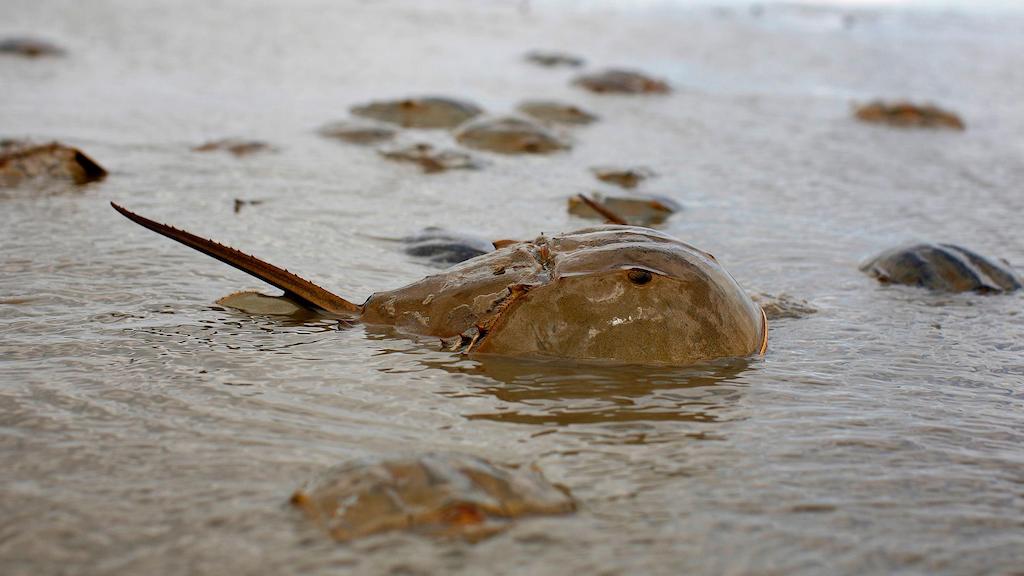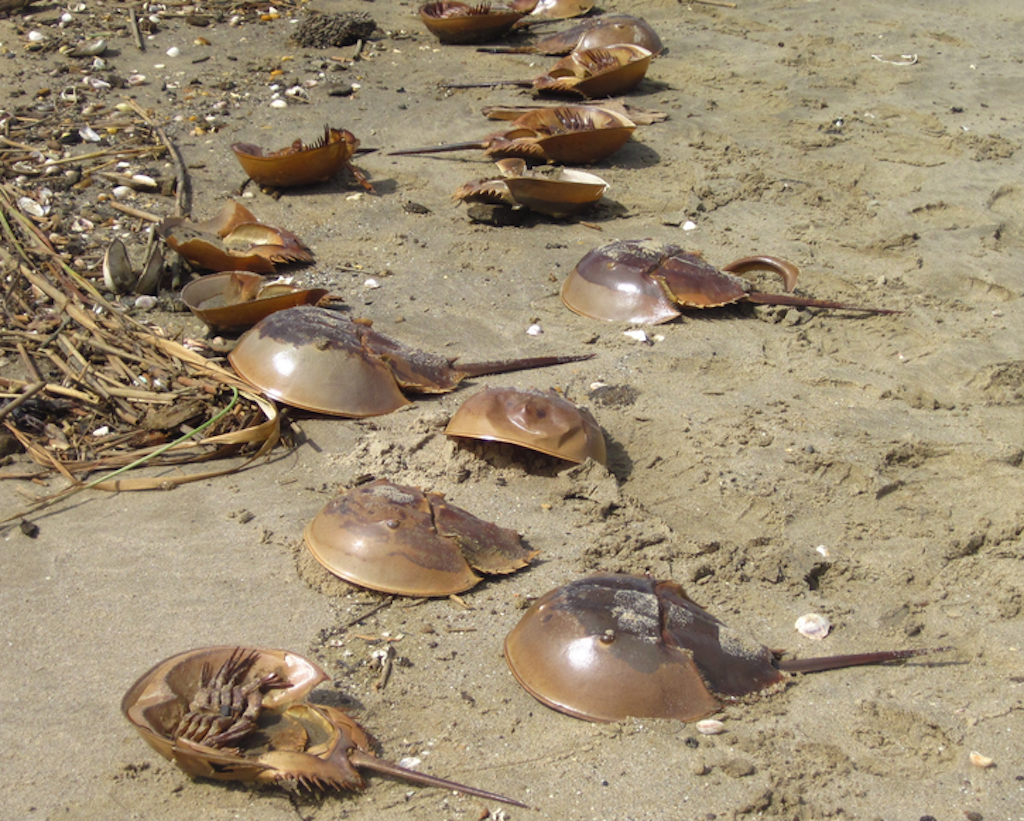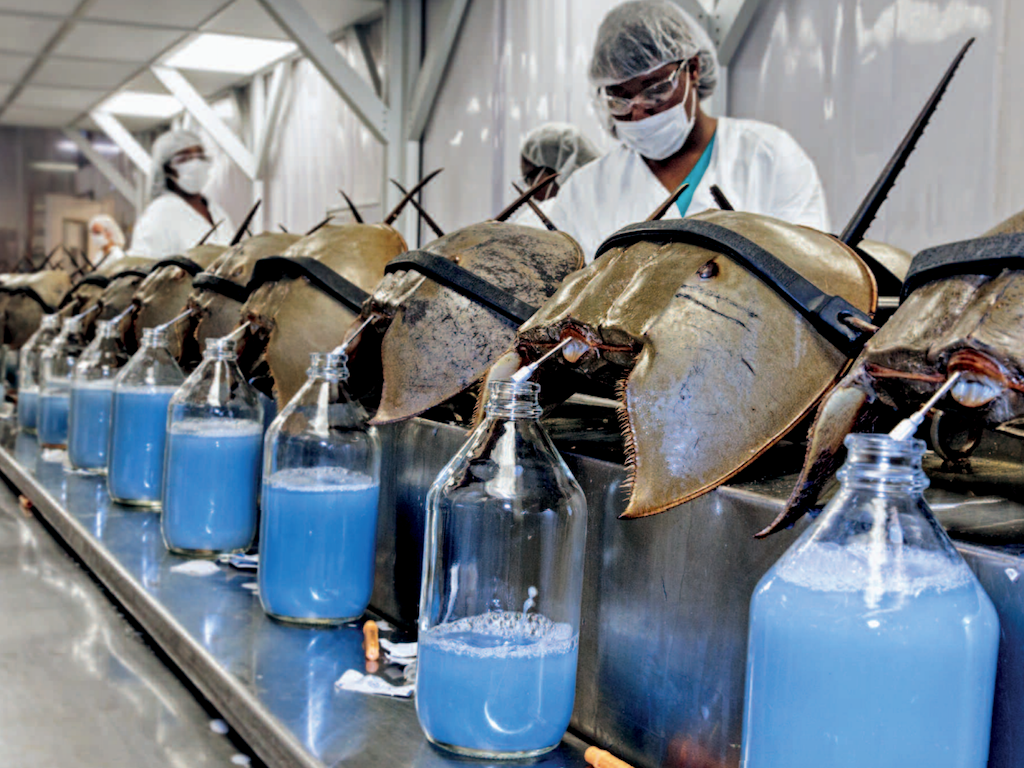2 Mins Read
The icy-blue coloured blood taken from horseshoe crabs is to remain the standard in drug safety testing as the pharmaceutical industry rejects a synthetic substitute that conservationists have pushed. This news has given rise to concerns about the dwindling status of horseshoe crabs and the impact it will have on coastal ecosystems.
The man-made version called recombinant Factor C (rFC) developed by Swiss biotech Lonza had initially been considered by Maryland-based influential testing giant US PHarmacopeia (USP) to be added to guidelines that govern international testing, but has now been abandoned.
This will mean that horseshoe crabs’ copper-rich blood clots will remain big pharma’s standard for safety tests to detect contamination in injections and infusions.

USP’s decision to ditch rFC came after another rival testing corporation, Charles River Laboratories, criticised the synthetic substitute on grounds of safety concerns. USP has now opted to put rFC in a new separate chapter in its guidelines, which means that drug companies must continue to conduct additional validation experiments before being able to use it.
“Given the importance of endotoxin testing in protecting patients…the committee ultimately decided more real-world data [was needed],” USP announced in a statement.
Conservationists and animal welfare activists worry that this will give the drug industry little to no incentive to end its use of animal-based testing, even though cruelty-free synthetic alternatives have emerged in recent years, which include Lonza’s as well as one developed by French biotech company bioMérieux.

The decision is especially relevant now amidst the coronavirus pandemic, as pharmaceuticals all over the world are scrambling to test potential medicines and vaccines for Covid-19.
Wildlife advocates say that the current rate of horseshoe crab blood endotoxin testing done by the industry – estimated at 70 million tests annually – will likely put huge burdens on the coastal ecosystem. Their eggs are a major food source for many coastal birds, including the vulnerable red knot species that migrate north. Fish species also feed on horseshoe crab eggs in Florida.
While not presently endangered, the Atlantic horseshoe crab is near-threatened because of the rate of blood harvesting. Many crabs die after they are returned to the ocean following bleeding.
Lead image courtesy of HorseshoeCrab.org.




